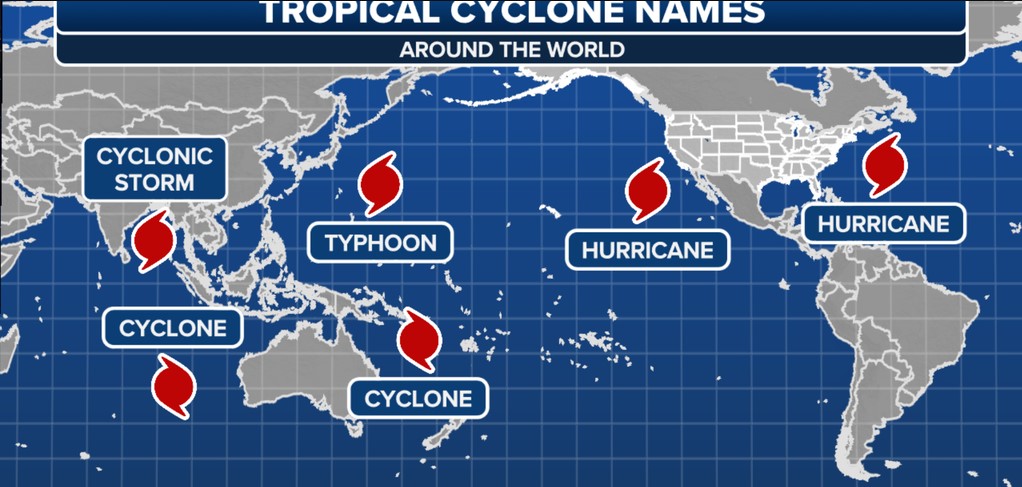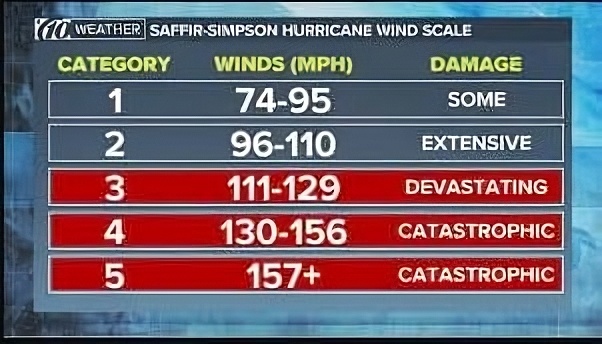7667766266
enquiry@shankarias.in
Mains: GS I – Important Geophysical phenomena – Cyclone
Super Typhoon Ragasa is recorded as intense tropical cyclone in 2025. At its peak, Ragasa was moving with the maximum sustained winds of 280 kmph effecting Hong Kong region.


Average temperatures in the Pacific Ocean have risen by about 1.5 degrees Celsius in the past century, according to the United Nations Environment Programme.
A tropical cyclone has a ‘clean’ side and a ‘dirty’ side. In the northern hemisphere, the right-hand side of the storm (relative to its motion) is called the ‘dirty’ side, and the left-hand side is known as the ‘clean’ side.